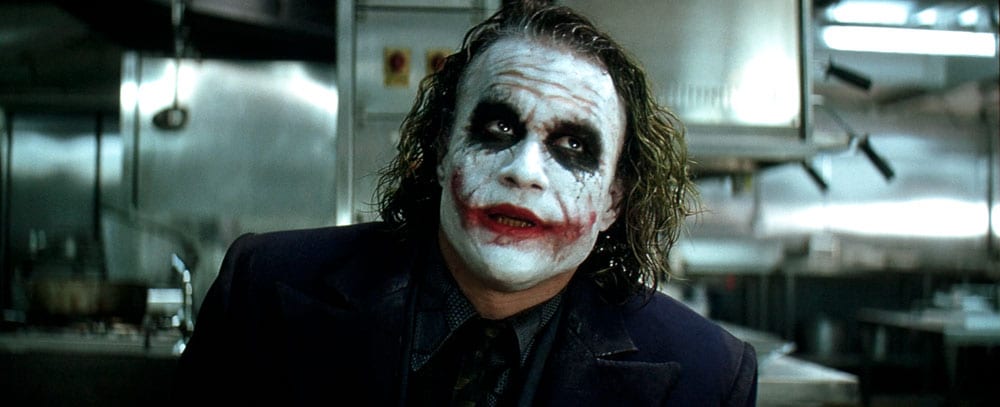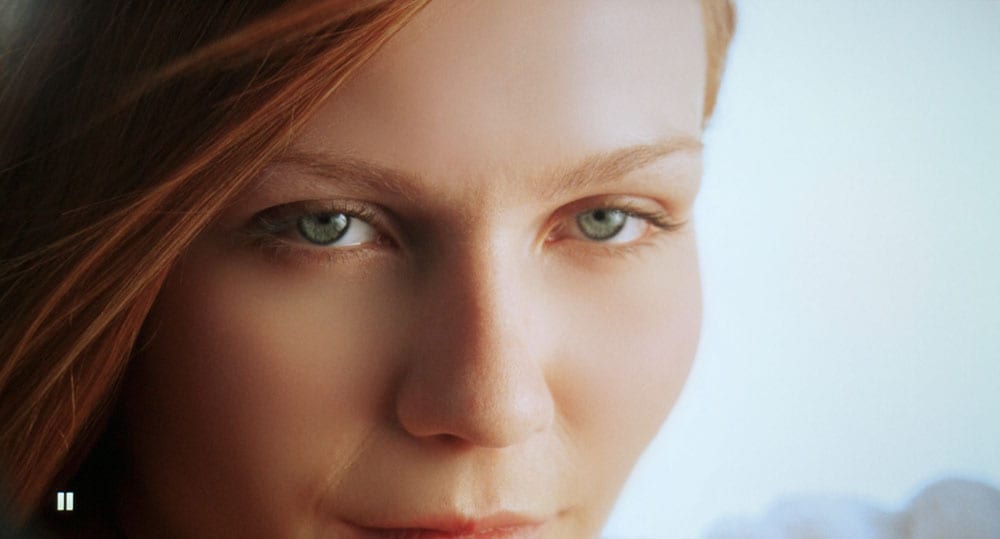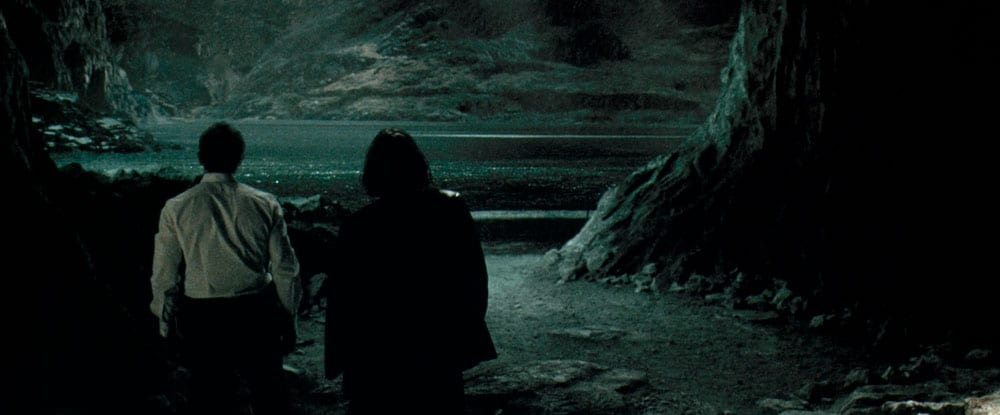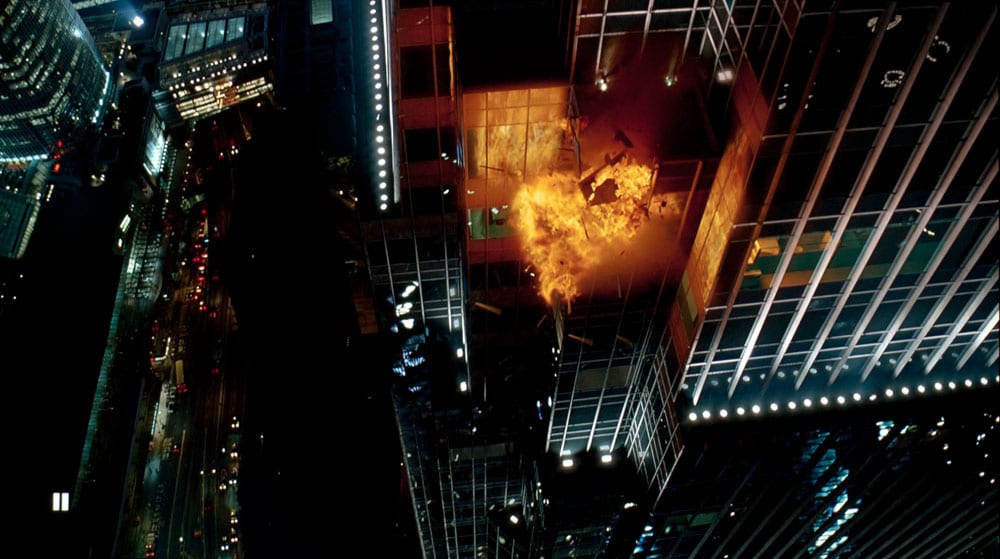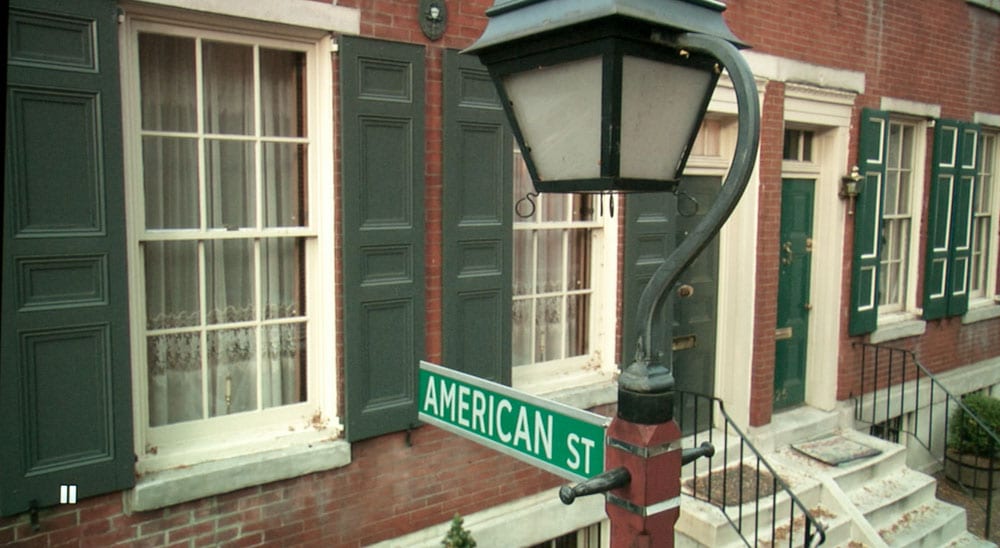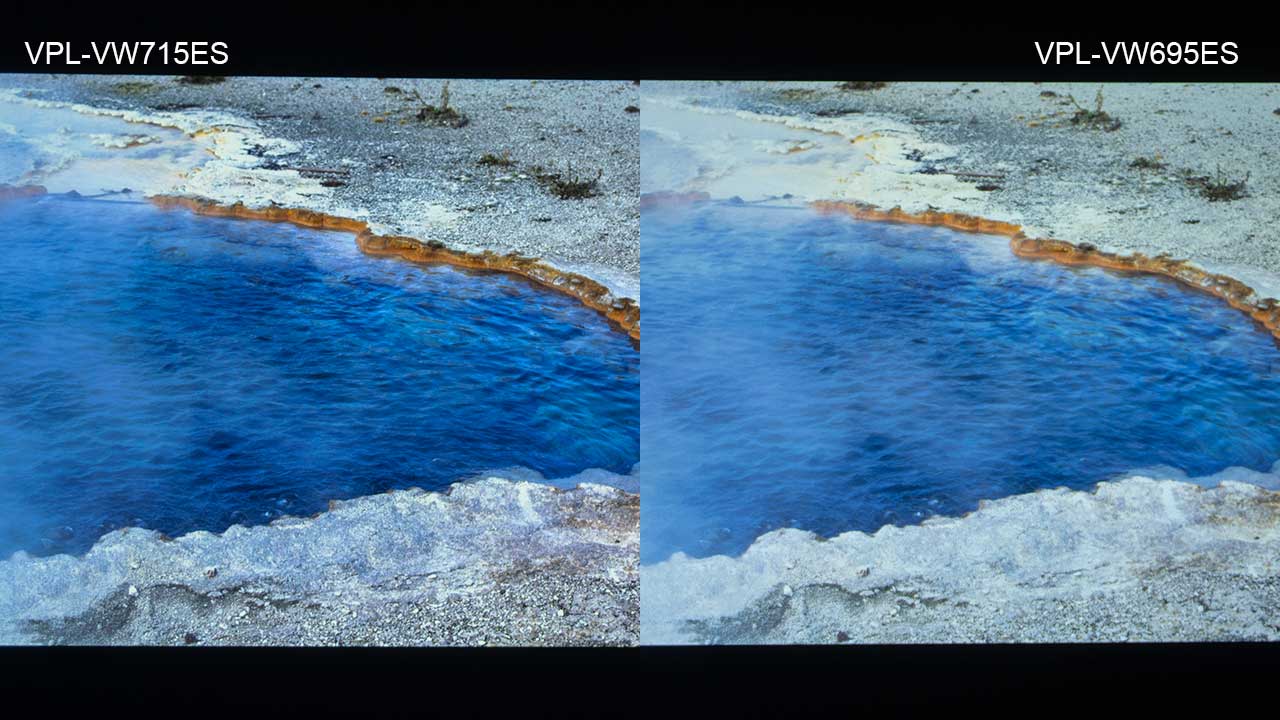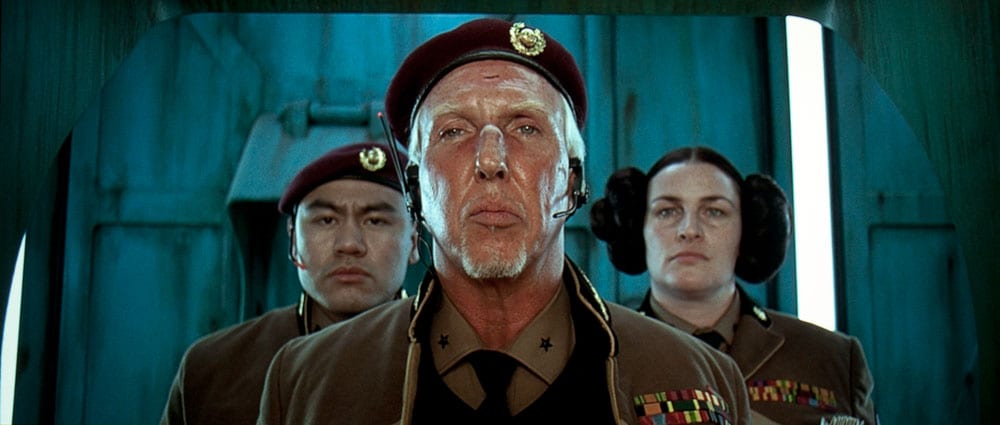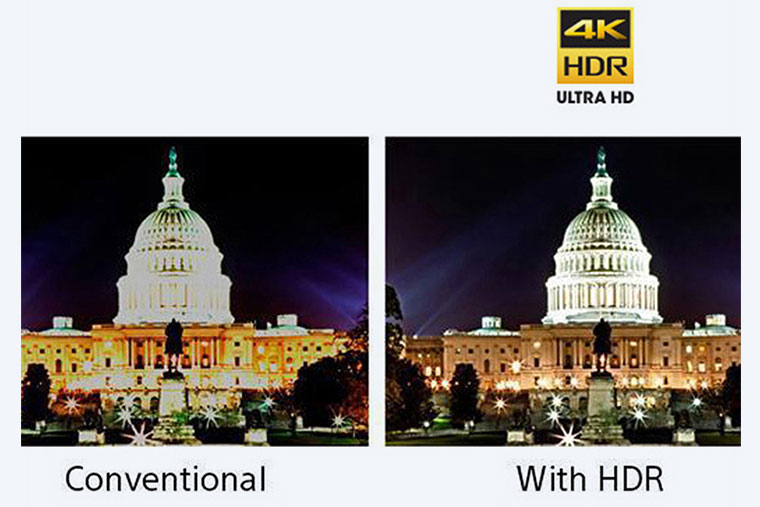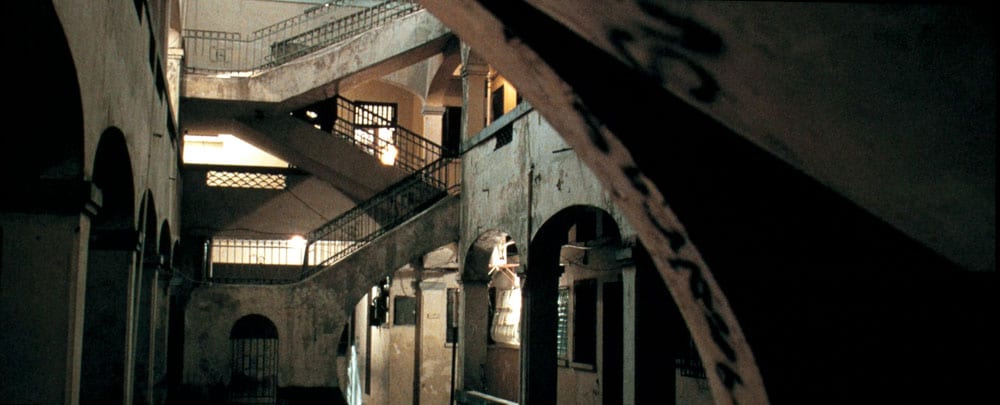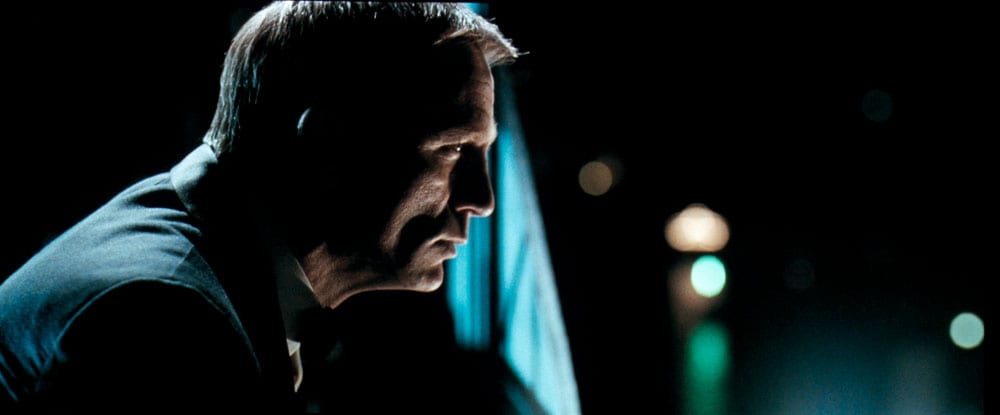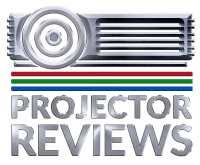Mitsubishi HC4000 Projector - The Bottom Line
The bottom line on the HC4000: It's an improved HC3800, with improved firmware, but most notably, the move from Darkchip2, to Darkchip3 performance. While this doesn't appear to be a really significant difference, one can see that black level performance has improved.
The HC4000 is several hundred dollars more than the least expensive 1080p DLP projectors, though I do believe it is still less than any current 3LCD home theater projector on the market, (though a couple are close in price.) In fact it's street price shoud be about $300-$400 than the lower cost BenQ, Vivitek, and Optoma entry level projectors. The current Epson Home Cinema 8100 - soon to be replaced, is about $200 more. Sanyo's PLV-Z700 is also in the range.
Let's just say, that if the budget is tight, you can spend less elsewhere, but it looks like by doing so, you'll also have to settle for less performance. You can spend a whole bunch more, and do better, as well.
At the Mitsubishi HC4000's price point though, it only seems to have one serious current competitor, and thats the new Epson, which just arrived, and is next on our review list.
What makes the HC4000 especially attractive, and wins a lot of love from me, is its brightness. True, it doesn't have many extra lumens for an inferior mode for dealing with ambient light, but it does fill a large screen with your favorite movie, rather effortlessly compared to almost everything else!
Ok, so it's bright, but there are other factors that are needed to be a great projector for its price, and the overall picture quality is high on that list. Skin tones are extremely good, and surprisingly so considering we're working with an engineering sample). Black levels, while hardly anything to write home about, turn out to be superior to other projectors lacking a dynamic iris. That said, the HC4000 can't match the blacks of the competition that have good dynamic irises, such as the new Epson.
The zoom lens, with it's greater than usual flexibility (for a DLP projector) of 1.5:1 will improve mounting options for many. Hard core enthusiasts on a tight budget, just dying for anamorphic lens setup, may give a lot of attention to the support for an anamorphic lens. The HC4000 can work with an anamorphic lens, without needing an expensive motorized sled. Mitsubishi isn't the first to offer this, but it is definitely the least expensive projector I can think of so far.. Only the Panasonic (and some others about to come out, but mostly over $3K, which "emulates" an anamorphic lens, would make for a less expensive anamorphic type solution, but the Mitsubishi's way of approaching the issue is the better way, for several reasons, we discussed in the Panasonic review.
Watching most content on the HC4000, these past couple of weeks, reminds us all that you really can find a couple of very well balanced, high quality 1080p home projectors, in the under $1500 price range. In the HC4000's case, it combines a great picture - a natural, film-like classic DLP look and feel, depth to the image, rich saturated colors, and more than its fair share of lumens. The HC4000 has a lot of pop and wow, notably with Brilliant Color engaged, but it does fine with BC off, as well. Brilliant Color on this DLP projector is a simple off/on (some projectors give you multiple Brilliant Color settings), yet it tends to boost brightness a good 30% in most situations, without being seriously "over the top". That is, Mitsubishi seems more concerned with maintaining a natural feel to skin tones, and the image in general, than going all out for maximum dynamics. Of course, when I want to be, I'm picky as can be. Yet, I must report, that I found Brilliant Color On, to be perfectly acceptable for movie viewing, especially anything action. That is, skin tones remain very good even with it on, though better off. For the kind of movies where I do want the absolute most natural image, though, I would turn it off. Honestly, I didn't turn it off very much. Good job, Mits, for their implementation of Texas Instruments Brilliant Color on the HC4000!
For those of you not visiting many of the pages, on our Performance page of this review, we have a series of images demonstrating the different brightness and dynamics of the HC4000 with Brilliant Color on, and also off, for different modes.
Can you spend more and buy better, of course.. Can you spend the same amount and buy better? I don't think so, not from the list of new projectors so far, this fall. Yes, a couple of similarly priced 1080p projectors may offer different strengths than the HC4000, but I doubt any would prove to be superior, overall. Last year, my two favorites under $1500 were the older HC3800 and the Epson 8100. I'm pretty certain, the HC4000 will stay on my personal favorites, short list, this year.
Don't forget some of the hidden strengths of the HC4000 projector either. If you recall, the lamp life is an exceptionally long 3000 hours at full power, and 5000 hours in low power (eco-mode). Combine this with a $299 replacement lamp cost, (and an extra year of warranty) and it only takes a couple of years or so, before users find that the HC4000 didn't really cost them any more, long term, than the typical $999 projector. You simply spend more now, spend less later.
Mitsubishi HC4000 Projector: Typical Capabilities
- About average brightness in "brightest" mode
- Menu layout
- Styling - it's black and slightly sculpted, but "nothing to write home about"
- Audible noise (fan noise for a DLP projector)
This Mitsubishi HC4000 projector is going to be a very good choice for a normal family room or bonus room. And, it's small enough to drag outside for those summer movie nights. Thanks, however, to the great picture, and lots of lumens, and surprisingly good black levels for its price point, the Mitsubishi HC4000 should prove to be an excellent choice for the money, for most people. That should be true, whether multi-purpose room, or dedicated theater, and whether for a movie fanatic or someone who's just as into sports and HDTV, as movies. Just remember, if your thing is just sports - there are comparably priced other projectors that are brighter, in brightest modes, but of those, most can't match the "best" mode brightness.
The upgrade to Darkchip3 performance adds that little extra, in black level performance, that will surely keep the HC4000 highly competitive. Yes, you do have a number of alternatives, including Epson (new Home Cinema 8350 to replace the 8100), the Viewsonic Pro8100 (if they haven't exhausted their supply), Sanyo PLV-Z700, the lower cost DLPs from BenQ, Optoma and Vivitek, and others.
Without spending several hundred dollars more (in the US) , there aren't really any projectors truly better to consider, just onces that are different, with other features, and choices.
If your budget can go up to something more like $2000 - $2500, then consider the HC4000 your bargain investment, but look at some ultra high contrast projectors as well, such as the Panasonic, the Epson UB series, Sanyo Z4000, BenQ W6000, LG CF181D, Sony, and so on. Most certainly, so far, the HC4000 looks to be one of the strongest under $2000 competitors that will be available fall 2010, through next summer. The HC4000 is a ho me theater, (or family room) projector with a strong value proposition, closely following the footsteps of the HC3800 it replaces. No wonder it wins our Hot Product award.

